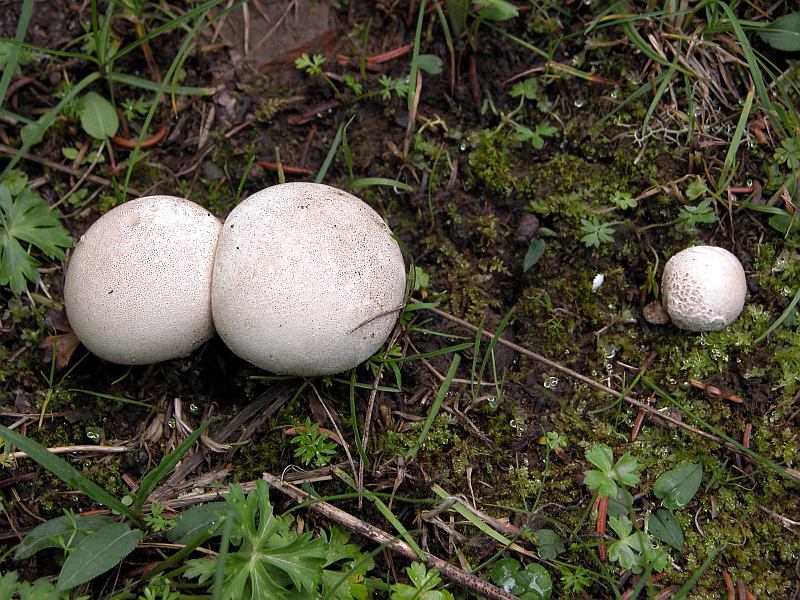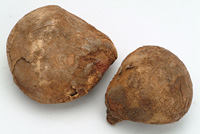[1] A Complete English Dictionary of Medicinal Terms in Chinese Acupuncture and
Herbalism 1981- Henry Lu Chinese Foundations of Natural Health- The Academy of
Oriental Heritage, Vancouver, Canada.
[2] Translation notes from Gary Seiford and Hocu Huhn- NSW College of Natural
Therapies. Sydney Australia (1982).
[3] Chinese Herbal Medicine Materia Medica- Dan Bensky and Andrew Gamble- Eastland
Press 1986 Seattle Washington ISBN 0-939616-15-7
Images
1.
tcm100.com
2.
imagenavi.jp
Gemmatein, leucine, tyrosine, urea, ergosterin, lipids.[1]
References
[1] Chinese Herbal Medicine Materia Medica-
Dan Bensky and Andrew Gamble- Eastland Press 1986 Seattle Washington ISBN 0-939616-15-7
 Lasiosphaera
fenzlii, L. nipponina and
Calvatia gigantea and C. lilacina 马
勃 Mǎ bó-
"horse thriving"
Puff-ball
Lasiosphaera
fenzlii, L. nipponina and
Calvatia gigantea and C. lilacina 马
勃 Mǎ bó-
"horse thriving"
Puff-ball
